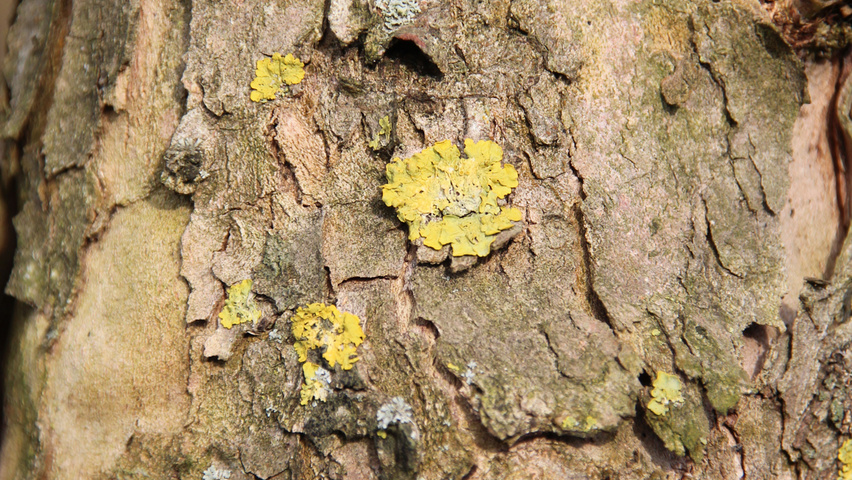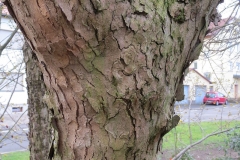

Dogwoods are native to cooler temperate areas of North. The dominant display, however, varies among the species. In multi-stem, an irregular and interesting form can develop with bark and. Specific epithet comes from the Latin word for male in reference to the absence of fruits that sometimes occurs for several years after new plants begin to bloom. Members of the genus Cornus, commonly known as dogwoods, are welcome in the home garden for their multi-season interest - be it flowers, fruit, foliage, and/or bark - and their range of forms from small trees to suckering shrubs. Almost better known by its scientific name, Cornus Mas is a small tree or a. Cornus is also the Latin name for cornelian cherry. The Cornelian cherry dogwood (Cornus mas) is a large multi-stemed deciduous shrub that is sometimes trained as a small tree.The growth habit is usually round or oval in shape. Genus name comes from the Latin word cornu meaning horn in probable reference to the strength and density of the wood. Fruits may be used for making syrups and preserves. Fruits are edible, although sour tasting fresh off the plant. The mature tree’s trunk has a distinctive scaly and exfoliating bark. Native to Europe and into western Asia, the Cornelian Cherry Dogwood can grow up to 25 feet tall with a 20-foot spread. Fruits are ellipsoid, fleshy, one-seeded berries (drupes to 5/8" long) which mature to cherry red in mid-summer. More than other similar species, Cornus Mas tree is resistant to many different potential pests and diseases. The common name comes from the edible fruit that resembles cherries. Ovate to elliptic dark green leaves (to 4" long) typically develop insignificant fall color. Small yellow flowers in late winter before leaves emerge. Each umbel is surrounded at the base by small, yellowish, petaloid bracts which are much less showy than the large decorative bracts found on some other species of dogwood such as Cornus florida (flowering dogwood) and Cornus kousa (kousa dogwood). Second is the form of the tree: a broad low vase-shape usually single stemmed, branching low and spreading wide with long, leggy, peeling branches. The bark has a unique style of sloughing that creates textural interest year-round. Sometimes reddish fall color, but generally poor with leaves falling off green. Cornus mas presents several interesting features, the first of which is the bark. Leaves opposite, simple, ovate to elliptic, 5-10 cm long, 3-5 pairs of veins, dark green above.

Yellow flowers on short stalks bloom in early spring before the leaves emerge in dense, showy, rounded clusters (umbels to 3/4" wide). Deciduous multistemed shrub or small tree, 20-25 ft ( 6-8m) high, spreading to 15 ft (4.5 m), oval-round outline, slender stems. Scaly, exfoliating bark develops on mature trunks. It typically grows over time to 15-25' tall with a spread to 12-20' wide. Cornus mas, commonly known as cornelian cherry, is a deciduous shrub or small tree that is native to central and southern Europe into western Asia.


 0 kommentar(er)
0 kommentar(er)
